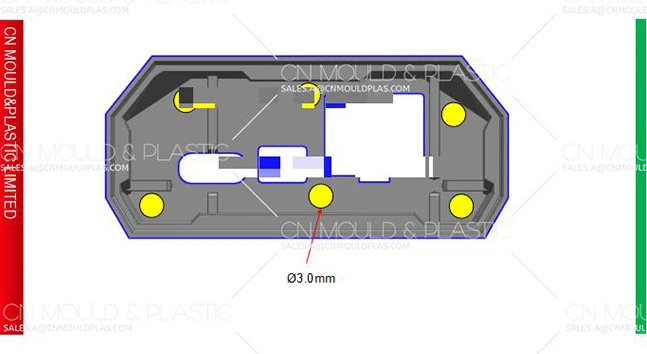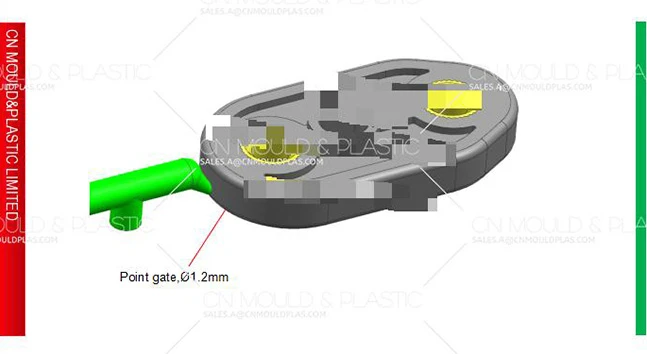When customers place an order, our customer service team will approach them with a DFM (commonly known as Design for Manufacturing). It’s indeed an very important document. So, why is it important that you need to carefully check before kicking off the manufacturing?
Non-cosmetic faces are usually the first thing to be looked at when mold designers place ejector pins. If cosmetic faces are not specified, they will put ejector pins in the places best for mold manufacturing. Another feature possibly affecting cosmetics is parting line. If the mold has complex structure, usually there will be more than one continuous parting line. There two features will both leave marks on the surface and visible to users. Carefully check if it's allowed.
Draft angles are the most common feature to be added by mold designers. To facilitate demolding, 1~3 degree of angle will be added onto vertical faces. Otherwise, the part may be stuck in A plate or there will be scratches. However, in many cases it’s not allowed due to assembly needs.
Besides, mold designers usually propose to add/remove material to alleviate stress concentration and sink marks incurred by sharp change of material thickness. These product changes will be clearly explained and illustrated in the DFM.
When 2D drawing is provided, mold designers will carefully check if there is any tolerance requirement too stringent to be achieved. Engineers will bring it up to the customers first. If customer replies that it’s a very important dimension and can never be compromised. Our engineers will have to re-evaluate the mold structure to explore possibility.

